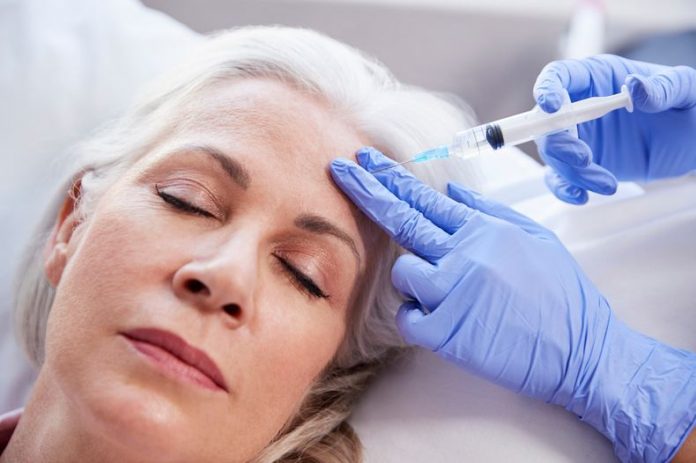Even a five or six years ago, the only people who took Botox injections were A-list celebrities like Madonna (ask Sharon Osbourne), Cher, Joan Rivers, Sly Stallone, Liz Hurley, Kim Cattrall, and Kylie Minogue.
Okay, they didn’t announce their Botox treatment sessions to the world, but we all knew anyway. Today, however, Botox injections have become totally democratic in their appeal, giving rise to a whole new Botox culture that includes Botox parties, thriving Botox cosmetic surgery clinics, and a whole new breed of Botox specialists.
So everyone wants Botox injections these days. Are you one of them? Then you should know a few things about the Botox phenomenon. First up, what is Botox exactly?
Well, Botox is a protein complex produced by Allergan Inc. derived from the deadly bacteria called clostridium botulinum, most commonly found in rotting food. In fact, this cheery little fellow contains the toxin that gives you food poisoning, and, as we have said before, can be fatal.
Obviously, one is justified in wondering how such a toxin can be used as a cosmetic treatment. The thing is, when injected in sterilized, pure form, botulinum toxin blocks the release of a chemical called acetylcholine, which nerve cells use to bring about muscle contraction.
Once the chemical is blocked, the muscles no longer contract and are in effect paralyzed. So if you take Botox injections on your forehead, you realize what it means, don’t you? The frown lines vanish, leaving a younger and smoother-looking you.
As you can see, the risk and pain factors are virtually non-existent, and it with good reason that Botox injections have become so popular, but their effects are temporary and you must go back for a repeat injection once every four to six months. Besides, there are certain US Food and Drug Administration (FDA) regulations about Botox that you need to know.
The FDA first approved Botox in 1989 to treat two eye muscle disorders, blepharospasm (compulsive blinking) and strabismus (misaligned eyes).
In 2000, Botox was approved to treat a neurological disorder that causes neck and shoulder contractions known as cervical dystonia.
In the course of the eye disorder treatments, doctors observed that Botox softened vertical frown lines between the eyebrows. By 2002, the FDA accepted studies indicating that Botox helped smooth frown lines for up to 120 days, so now Botox was approved for use to reduce frown lines as well.
In 2004, Botox was also approved for use in the treatment of axillary hyperhidrosis (excessive underarm sweating).
Therefore, the cosmetic use of Botox remains limited to the removal of frown lines in the forehead. However, quite a few practitioners go beyond this usage and use Botox injections to treat facial wrinkles other than those covered in the FDA regulations.
What this means is that the safety and success rate of Botox injections, when used on other regions of the face and neck, have not been officially evaluated.
So if you are considering Botox injections, keep the following things in mind: do not get the procedure done by anyone other than a qualified doctor; and be aware of the advantages and risks of the procedure.
Obviously, one of the first questions that people ask is: can I contract food poisoning from Botox injections? The answer is no, but you have to guard against too much Botox being injected, or its being injected in the wrong area, otherwise you may develop a temporary condition known as ptosis (droopy eyelids) that could nevertheless last several weeks.
Some people may develop a few other side effects of Botox injections such as headaches, flu, and nausea. A minority of users may exhibit such reactions as pain and redness in the injected area, and muscle weakness. Once again, these are temporary reactions.
In the end, you need to remember that Botox injections are safe when administered in proper medical conditions. As the American Society for Aesthetic Plastic Surgery (ASAPS) tells us, in 2001, more than 1.6 million people received Botox injections, marking an increase of 46 percent over 2000. So why not try it out?

